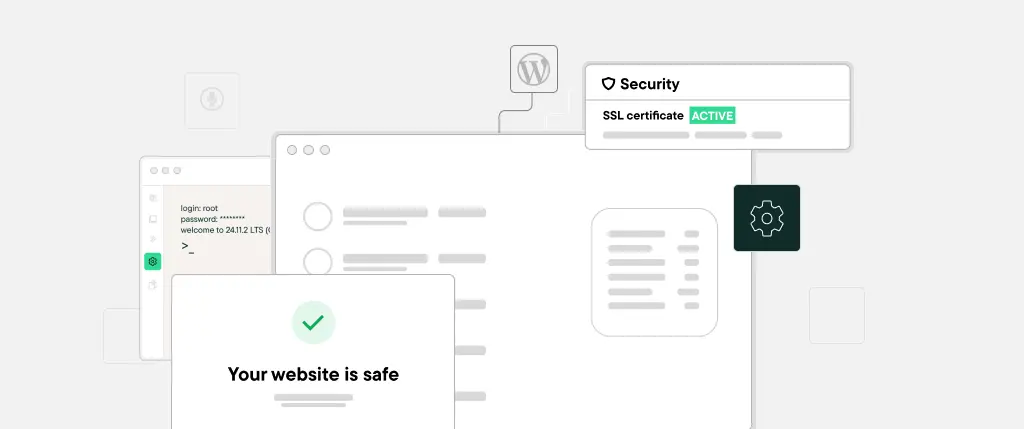Ranking higher on search engines is a must to make your products, services and brand visible to more eyes.
The ‘SEO consideration’ phrase could seem like a headache for marketers and developers alike, but it shouldn’t have to be. In fact, WordPress provides excellent tools to best optimise your content and get more views on the content that matters to users.
Here are our top 10 tips to maximising the platform’s SEO potential:
- Clean up URLs: By making sure that the structure of your URL is straightforward and rich with keywords, both users and search engines can better understand the content within each page.
- Boost titles and headings: As well as inserting relevant keywords, crafting compelling titles or headings is better for search engine visibility.
- Include internal links: When linking between multiple pages throughout your website, not only do rankings get boosted, but it also directs readers to your other related content pieces of interest.
- Use categories or tags: Much like the above, related content can be grouped together with simple categorization. Tagging similar posts together can aid SEO.
- Optimise Images: SEO takes into consideration all aspects of images used on a website: make sure to include keywords in their file names, alt texts, and title tags.
- Utilise plugins: WordPress’s myriad of plug-ins are readily available, with multiple specifically honed on SEO functions, including 301 redirects, sitemaps, and many more.
- Focus on quality content: Quality content is essential for a successful SEO campaign. Make sure to create well-written, engaging posts that target relevant keywords.
- Design responsively: Making sure that a website is responsive (and looks great!) across all devices does not just increase the user experience for any site visitor, but Google favours websites that are designed with mobile users in mind.
- Submit XML sitemaps: By uploading an XML sitemap to the major search engines, indexing becomes quicker and more efficient. Not only that, these submissions will also help search engines understand the structure of your website.
- Increase social sharing: Making it easier for users to share your content from your website to their own profiles, this will drive more traffic to the site and improve SEO rankings. One neat trick is to embed social sharing buttons across your website – on blog posts, for example.
Being able to supercharge your WordPress site into one perfectly optimised for search engine visibility isn’t rocket science. Using the few implementations offered by the platform above, not only will Google favour your webpages, but make for a greater online journey for your site visitors. Good luck out there!




